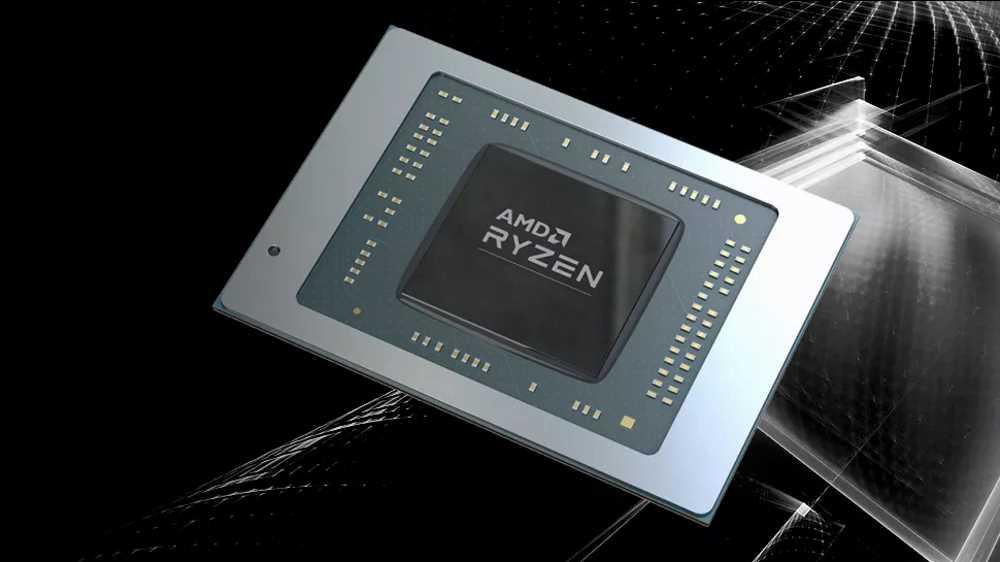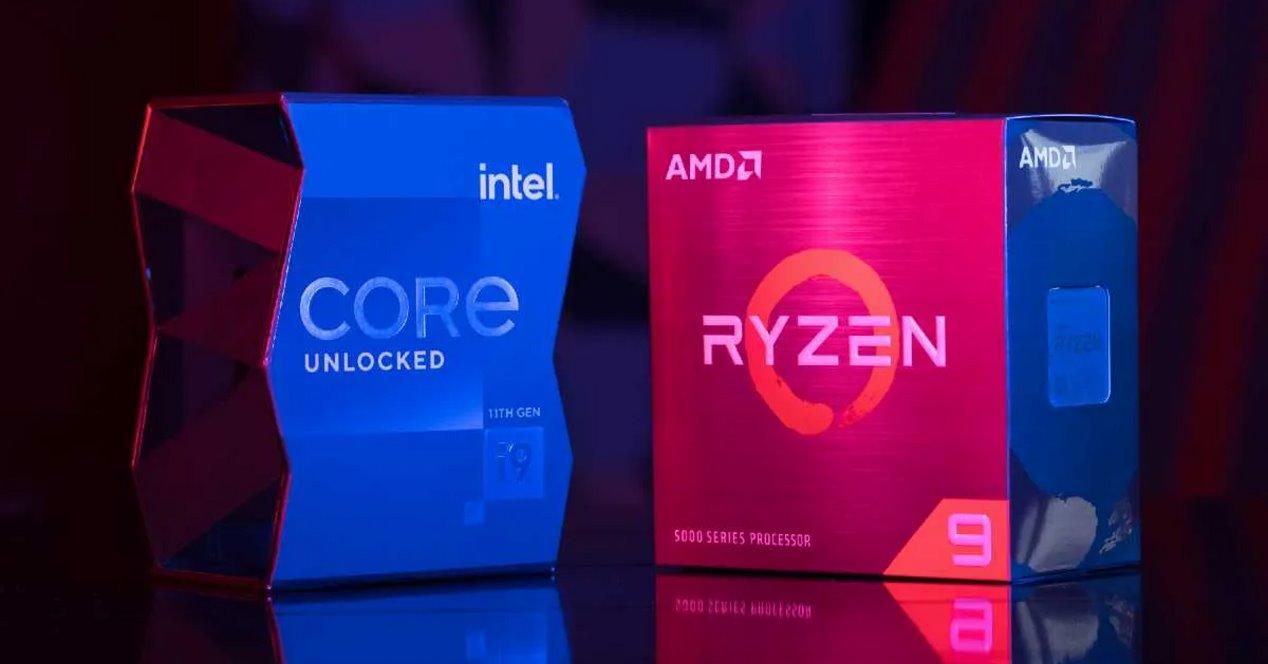
2023 is the year of the heterogeneous chip at AMD, if on the desktop we have already seen the configuration of asymmetric chiplets with the high-end Ryzen 7000X3D, the next turn is for processors for laptops. Specifically with the chip that receives the code name of Phoenix 2 and that it would already be finished and in the last phases before its mass production.
The increase in the cost of manufacturing chips has caused the processor area to be taken into account when creating new designs, and with this new architecture variants have appeared, designed to deal with this new situation. If the concept of heterogeneous cores led you to assume that it was a bungling by Intel, the reality is very different and AMD is also going to have to adopt the same strategy.
Phoenix 2, AMD’s first portable heterogeneous chip
Lisa Su’s company’s bet on laptops has always been its so-called APUs, monolithic chips and, therefore, in one piece, with a cached version of its latest desktop architecture in terms of CPU and powerful integrated graphics. that stands above what the competition offers. However, the high cost of wafers is leading them to have to opt for heterogeneous chips for laptops.
And no, we are not talking about a transfer of the Ryzen 7950X3D and 7900X3D to laptops, hopefully, but about the use of Zen 4 and Zen 4C cores in a future chip. Specifically, it would be an engineering sample that would have appeared in the database of some benchmarks, specifically it would have the serial number 100-000000931-21_N [Family 25 Model 120 Stepping 0]. Its particularity? Everything indicates that could be Phoenix 2 chip with 2 Zen 4 cores and 4 Zen 4C cores. The first with 2 MB of L2 cache and 4 MB of L3 cache in total. The second with 4 MB L2 cache and 4 MB L3 cache also together.
What are the Zen 4C?
To better understand the news, we have to explain that it is the Zen 4C cores that Phoenix 2 also equates, which are the other processor cores that accompany the Zen 4 in the heterogeneous design that we are talking about. However, there are differences between both types of cores.
- The amount of L3 cache is half in Zen 4C than in Zen 4.
- Architecturally, they are the same, unlike Intel’s E-Cores they are not a different core.
- Zen 4C is designed to be denser, its density is much higher, so more cores can fit in less space. However, it can achieve much lower clock speeds. So it has less performance than a standard Zen 4.
They were originally designed for cloud computing servers, where a large number of clients require a large number of cores, but without the goal of throttling performance or overspending resources. It is part of AMD’s methodology of using existing resources to create solutions to new problems. In any case, despite the fact that the approach is the same as the E-Cores, getting more cores per area, there is no difference in performance between both types of cores within the chip.




